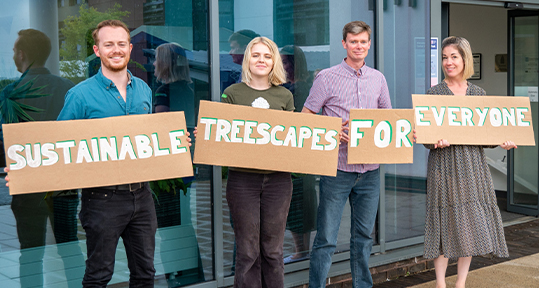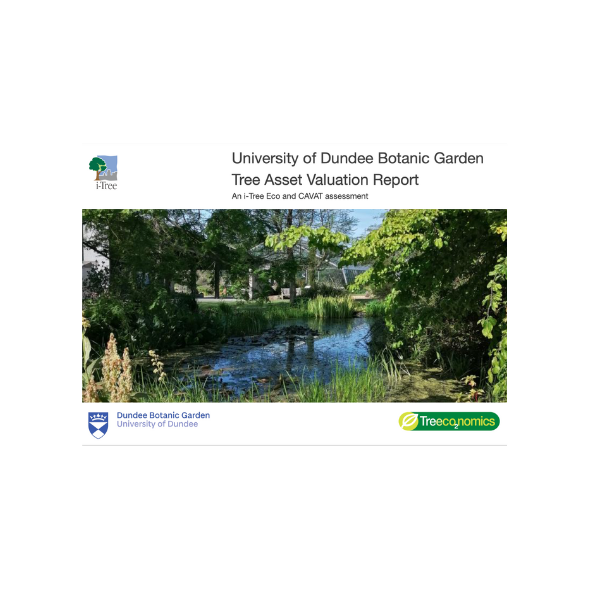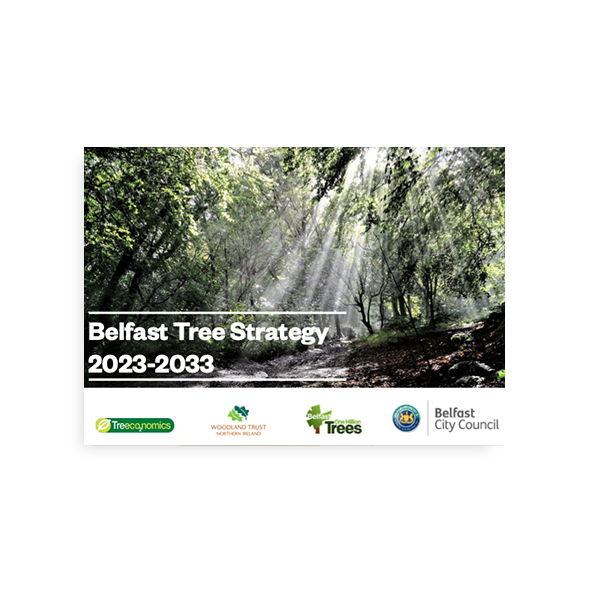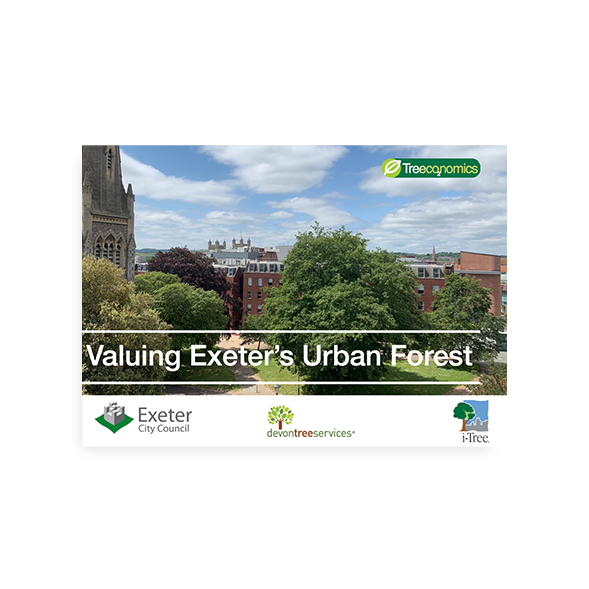Babergh
Across the wards of Babergh, tree canopy cover varies significantly, ranging from 5.5-19.0%. On average, canopy cover sits at 10.3%, which is below the average for England of 16%. Forest Research suggest that 15% tree canopy cover is an appropriate target for coastal areas, and 20% is appropriate for localities outside of coastal areas. This being said, it is also well documented that rural areas in the UK often have lower canopy cover than urban areas as historically, land has been cleared for farming leaving tree cover mostly confined to hedgerows. Given Babergh’s location and rural setting, and the existing canopy cover, it would be suggested that 15% is a sensible and attainable target for the area, though a reasonable time frame for achieving this should be set. The 20% target should be a longer term aspiration for the area.
The trees in Babergh contribute significantly to the health and wellbeing of the local people, the local environment, and the wider global environment by providing a range of ecosystem services; the trees store 612,000 tonnes of carbon and sequester an additional 24,000 tonnes annually. They also remove over 1,100 tonnes of pollution from the atmosphere, worth over £20.5 million in associated service costs, and saves local public sector service providers around £3.7 million in avoided sewerage charges by intercepting rainfall.
Mid Suffolk
Across the wards of Mid Suffolk, tree canopy cover varies significantly, ranging from 5.5-19.0%. On average, canopy cover sits at 8.5%, which is below the average for England of 16%. Similarly to Babergh, the rural setting of Mid Suffolk may be one of the main reasons for this low canopy cover. Though it may be a challenge, it would be suggested that 15% canopy cover is an attainable target for the area, and a reasonable time frame for achieving this should be set. The 20% target should still be a longer term aspiration to work towards in the future.
The trees in Mid Suffolk contribute significantly to the health and wellbeing of the local people, the local environment, and the wider global environment by providing a range of ecosystem services. Though percentage canopy cover is lower than in Babergh, the trees in Mid Suffolk provide more ecosystem services; the trees store 723,000 tonnes of carbon and sequester an additional 29,000 tonnes annually. They also remove over 1,300 tonnes of pollution from the atmosphere, worth over £21.8 million in associated service costs, and saves local public sector service providers around £4 million in avoided sewerage charges by intercepting rainfall.






